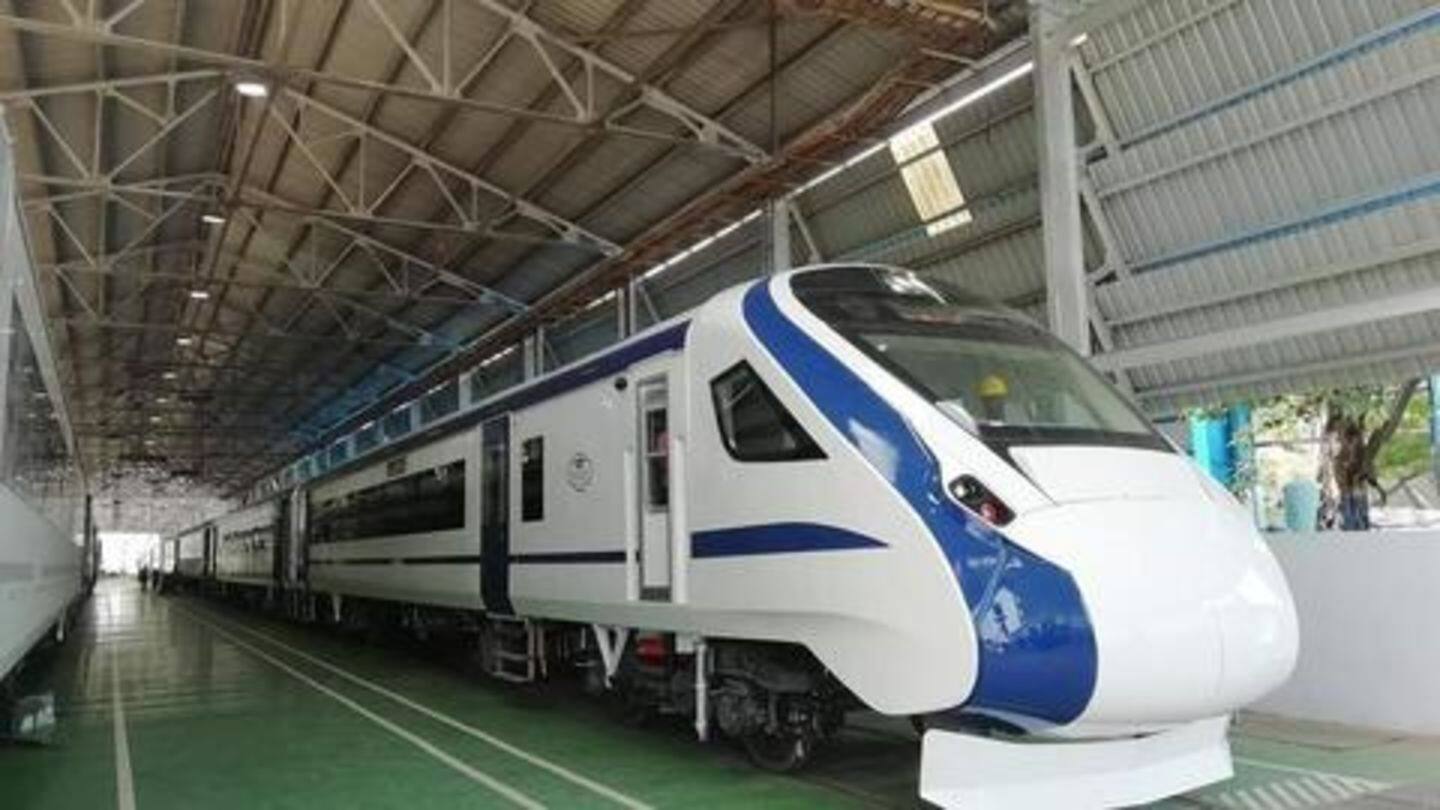
India's first engine-less train to hit tracks on October 29
What's the story
Train 18, India's first engine-less train, which is being regarded as a successor to the 30-year-old Shatabdi Express, is set to hit the tracks for trials on October 29. Driven by a self-propulsion module sans a separate locomotive, the train, capable of running at a speed of up to 160 kmph, comes with technical features for enhanced quick acceleration. Here's more.
Information
Train will cut travel time by 15% compared to Shatabdi
The swanky 16-coach prototype without an engine will cut travel-time by 15% compared to the Shatabdi. Developed by Chennai-based Integral Coach Factory (ICF) in 18 months, the fully-AC train is designed in such a way that passengers can have a look at the driver's cabin.
Details
Project costs around Rs. 100 crore, says ICF General Manager
ICF General Manager Sudhanshu Mani said that it cost nearly Rs. 100 crore to build the prototype and subsequent production would bring down the cost. "It will be unveiled on October 29, then it will do three to four days of trial outside the factory and then will be handed over to Research Design and Standards Organization (RDSO) for further trials," he said.
Specifications
Train 18 can travel upto 160 kmph
The self-propelled train, fitted with CCTV cameras, would have two executive compartments in the middle with 52 seats each, whereas trailer coaches would have 78 seats each. It can travel up to the speed at 160 kmph as against 130 kmph of Shatabdi and would result in the travel-time being reduced by around 15% once the tracks are fit to suit Train 18's speed.
Other details
Train 18 has automatic doors, diffused lighting, GPS-based information system
Train 18 has diffused lighting, automatic-doors, and footsteps besides GPS-based Passenger Information System. The footsteps in a coach's doorway slide outward when the train stops at a station enabling passengers to alight safely in view of the variation in height between a train's floor and the platform. Shatabdi, introduced in 1988, is presently running on over 20 routes connecting metros to other important cities.